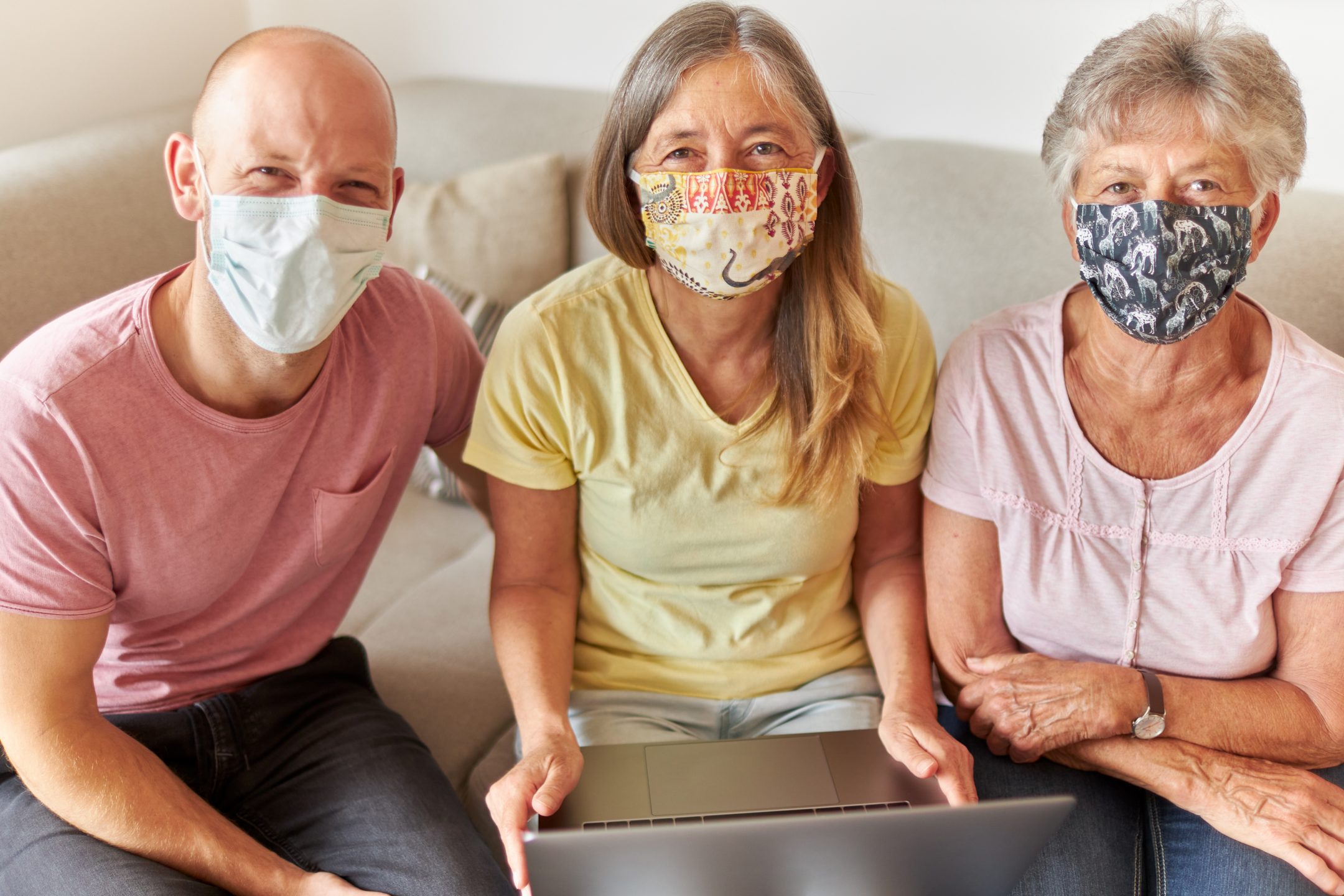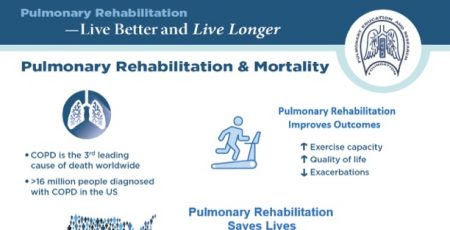
27 Aug Face Masks 101
Everything You Wanted to Know About Masks but Were Afraid to Ask…
Mary Burns RN, BS
Wearing masks cuts epidemic numbers in half. That is why almost every government in the world endorses masks as an effective COVID-19 containment measure. Wearing a mask in public is now mandatory in many states in the US, though when and where they are required, and enforcement methods, vary widely. That difference is one reason why the United States has far more COVID-19 cases than any other country in the world. We like being first but, certainly not for a statistic like this!
If you are reading this blog, you must have an open mind, and be willing to learn more about the importance of wearing a mask. That is especially important these days because of all the misinformation out there. The information you will find in this blog comes from recommendations by the CDC and/or reputable, well known, scientists.
Statistics say that those most at risk for severe consequences of a COVID-19 infection include people over age 65, as well as those with heart disease, diabetes, obesity, chronic lung disease, immunity problems, or cancer. Recently, however, cases of COVID-19 are increasingly seen in younger people. Even worse, severe long-term damage to the lungs, the heart, and even to the brain and blood cells, are being found! This is no virus to casually dismiss as a hoax, or as being no worse than a cold!
What Type of Mask Should I Use?
Would you be interested in some mask comparisons? Researchers in Australia used high-speed cameras to photograph light scattered by aerosols and respiratory droplets that were expelled when speaking, coughing, and sneezing while a volunteer wore different masks. A paper three-layer surgical mask was the most effective at limiting droplet spread. A two-layer cloth cotton mask was more effective during coughing and sneezing than one made from a single layer, but even that single-layer mask was better than no mask. However, these researchers now believe a home-made cloth mask made with one or two layers of t-shirt material, and an outer layer of something waterproof like polyester cloth might be as effective as a surgical mask!
A brand-new study supports this suggestion. The authors from Duke University used a new simple camera system to compared how far respiratory droplets traveled during normal speaking using a variety of commonly available mask types (see image). They showed that some mask types are almost as good as standard surgical masks. However, masks made from knitted material (#3), “gaiter” type neck fleece (#11), or double-layer bandanas (#12) offered very little protection: results for those masks were similar to wearing nothing. All the other masks studied reduced the number of respiratory droplets transmitted through the mask during speaking by approximately 70-100%.

Is it Permissible to Sometimes NOT Wear a Mask?
Let’s start with a given. You don’t like wearing a mask. Neither do I. Are you old enough to remember complaints about too many red lights, speed limits, and seat belts as well as smoking restrictions? How about the uproar over wearing helmets, especially if you were a Hell’s Angel or a six-year-old? I remember being at City of Hope Hospital when six Hell’s Angels tried to terrorize me (they did), by speeding around me while strapped into their wheelchairs, seeing who could come closest without slamming into me. Their wheelchairs were controlled only by their very thickly calloused tongues! Uggg. These young men were completely paralyzed from the neck down! I wondered if they were still proud of doing their own thing by refusing to follow rules about wearing a helmet that day they crashed?
Situations where not wearing is permissible include:
- If you are two years old or younger
- If you are unconscious
- If you have dementia
- If you are isolated in your residence or are with others who have been isolated with you.
- If you are unable to remove the mask by yourself
If you think you might get short of breath when wearing a mask, you may have thought of trying to talk your doctor into giving you an exemption. However, this is a thorny area. There are differing opinions as to whether those with lung disease should get an exemption from mask-wearing. Also, exactly how doctors might offer an “official” mask exemption is not clear. Further, since those with lung disease are at higher risk of serious consequences of COVID-19 infection, so not wearing a mask in public is an especially bad idea. This is because, while the main benefit of mask-wearing is to protect others from the wearer, it is also thought that they provide at least some protection for the wearer from others.
For those with lung disease, or others with shortness of breath wearing a mask, try the suggestions below to see if this would help.
- Get a mask with firm material that doesn’t get sucked in, blocking your nose and mouth, every time you inhale.
- When you are safely in isolation watching your favorite TV program, try putting your mask on, and then off as often as necessary, while you are distracted. Do this until you become desensitized and more accustomed to the mask.
- If concerned about your oxygen level, borrow or buy an oximeter. You will be reassured when you see that your oxygen level does not drop when you wear the mask. In fact, you’ll likely see that when you are apprehensive and breathing faster, your oxygen level is more apt to go up a bit, rather than down.
- Get an electric fan or even a handheld one. Let the air blow on your face while you are trying to get used to the mask.
If you have found something else that helped you get over your sense of shortness of breath when you first tried to wear a mask let us know and we will share it with everyone else.
How to Clean Your Mask
The virus lasts about two to three (2-3) days on masks and cloth after exposure. To begin with, remove your mask by the ear loops or rear ties; avoid touching the area adjacent to your mouth and nose. Always wash your hands before removing or touching your mask. A paper mask should be discarded if, after use, it is moist or soiled.
The easiest way to clean a cloth mask is to throw it in the washing machine and dryer. If you need to wash by hand, the CDC recommends that you prepare a bleach solution by mixing:
- 5 tablespoons (1/3rd cup) household bleach per gallon of room temperature water or 4 teaspoons of household bleach per quart of room temperature water.
- Make sure bleach is not past its expiration date. Never mix household bleach with ammonia or any other cleanser.
- Soak the face-covering in the bleach solution for 5 minutes.
- Rinse thoroughly with cool or room temperature water.
- To dry, use a dryer if possible. Otherwise, lay flat and allow it to completely dry. If possible, place the cloth face-covering in direct sunlight.
Face Shields
Face Shields sound like a great solution but unfortunately, it is not yet known for sure if they adequately protect others from the spray of respiratory particles. The CDC does not yet recommend the use of face shields for normal everyday activities. They should certainly not be used as a substitute for a mask. Besides, they are in short supply and being saved for medical personnel.
Some people may want to use a face shield when sustained close contact with other people is expected. When a face shield is worn over a mask, it should wrap around the sides of the wearer’s face and extend to below the chin. Disposable face shields should only be worn for a single-use. Reusable face shields should be cleaned and disinfected after each use. When manufacturer instructions for cleaning and disinfection are unavailable, try this: while wearing gloves, carefully wipe the inside, followed by the outside of the face shield or goggles, using a clean cloth saturated with neutral detergent solution or cleaner wipe.
Surgical Masks
Currently, surgical masks and face shields are in critically short supply. For that reason, they should continue to be reserved for healthcare workers and other medical first responders, as recommended by current CDC guidelines. That was misunderstood back in March when all masks were in short supply. It was erroneously misunderstood to mean masks need not be worn since they were not effective. That interpretation was not correct!
Cloth face coverings also are not appropriate substitutes for surgical masks in workplaces where masks or respirators are recommended or required. Because of a lack of supplies, some healthcare workers were forced to wear them, hoping they would be better than nothing. That also is one reason so many healthcare workers came down with COVID-19!
Other Considerations
As stated above, we mainly wear a mask to protect others, rather than just ourselves, though protecting others eventually protects each of us also. A mask is worn so that when an individual coughs, sneezes, speaks, yells, or sings, respiratory droplets are not spread into the environment. Even when we speak in a normal tone of voice, respiratory droplets can easily go out as far as six (6) feet and when coughing or sneezing, or speaking loudly, up to ten (10) feet. By using facial coverings, we are trying to keep those respiratory droplets from getting out and infecting others. When you wear your regular mask, make sure it is firmly over your nose, below your chin, and next to your face below your ears.
When choosing a mask to protect others rather than yourself, you don’t have to worry as much about making it a tight-fitting mask. A loose-fitting mask that covers the nose and mouth, that isn’t going to fall off, and is not so tight around the ears and neck that it makes you uncomfortable, is best. It will still cut down on those microscopic droplets you breathe out and help prevent you from constantly adjusting the mask to make it more comfortable. However, the mask is not meant to be a chin strap!
Has this blog answered all your questions about wearing a mask? Probably not. The available knowledge hasn’t yet answered all of my questions, either! Scientists are working around the clock trying to get more answers, so keep reading our blogs and we will keep trying to give you the latest information as we get it.
A few things you can do to lessen the spread of this virus known for sure are:
- Practice social distancing – stay 6 to 10 feet apart from other people.
- Avoid crowds, indoors or out.
- Wash your hands frequently with soap and water for at least 20 seconds (2 happy birthday songs), or use hand sanitizer.
- Avoid touching your face or mask.
- WEAR THAT MASK whenever you are out of your residence!
- Please, please remember that wearing a mask cuts COVID-19 transmission in half!
It is now being said by some scientists that we will not get this epidemic in control until 90% of us consistently wear a mask while in public! If you are reading this, it’s probably that you are already doing this. But, how do you deal with friends or family members who refuse to wear a mask? Basically, it isn’t your responsibility to convince everyone in your life that you’re right and they’re wrong. You just cannot change the minds of some people. When scientific data and reasoned arguments don’t work or are futile, wear your own mask, and distance yourself. This might be easier said than done, but in the end, the only thing we can do is correct ourselves.
This was a very difficult blog to write. There is so much information out there that I did my best to simplify it. I tried to give you the essential information, all of it from very reputable sources such as the CDC and well-known scientists, but new information seems to be suggested almost every day. When proven correct it will be added to our blog as received.
As always, in future blogs, we always want to know how to best help you. We hope this post is one that has helped. Will you please do us a favor and submit a comment with one of the suggestions below, or any others you think are important? It would be appreciated.
- Thanks for this information, which I will share with my friends.
- Now I better understand why masks are so important.
- Thanks for helping me get over my resentment about wearing masks.
- I now plan to wear my mask whenever I am out of my residence.
- I would like more information about…
Thanks to all of you, and stay safe!





Susan M Brewer
Posted at 17:27h, 28 AugustThanks for this information, which I will share with my friends.
Thanks to COPD, I now use oxygen 24/7. When I first put a mask on, it feels like I get less oxygen but the feeling dissipates quickly — maybe a minute. I’ve concluded that it’s the inevitable initial reaction to a mask, probably has nothing to do with my oxygen usage, and is not an issue since it fades so quickly.
PERF
Posted at 12:35h, 31 AugustDear Susan,
You are absolutely right about your response to wearing a mask. It probably won’t help you to know that I too at first react that way. It is worth it when you remember that you are protecting others and probably protecting yourself a bit also, if only to remind others to stay 6 feet away! One of my other suggestions is that you get an oximeter, especially since you are on oxygen. They cost $50 to $100 but are a worth while investment, especially since you are now on oxygen. You will find that with proper breathing techniques alone you will be able increase your oxygen level. Be sure to read our blogs and articles on oximeters so you will be well informed before you make your purchase.
Doctors and staff are so overwhelmed these days that you may not be getting the information, support and help you need. That is where we come in. Be sure to look through the many articles on our website, including under our ‘basics’ tab, which should help answer the many questions you may have. If you don’t find your answer, email your question to us and we will do our best to help you, and the others out there who may also have your problem.
Our best wishes to you,
Mary Burns, RN, BS
Pete pettler
Posted at 22:21h, 28 AugustMary,
What a timely, well written, valuable article. Thanks so much for doing it.
Aimee Kizziar
Posted at 15:13h, 30 AugustThanks for this great summary on masks. The information on masks and many other aspects of COVID19 is fluid and we continue to learn daily. I have posted on the CSPR FB page.
PERF
Posted at 12:31h, 31 AugustThanks so much, Aimee. I especially appreciate that coming from you, and am so pleased it will be posted on the California Society of Pulmonary Rehabilitation (CSPR) Facebook page. CSPR also has an excellent website that I would refer to everyone. It took me a long time to write this blog. As you commented, the information kept changing so I needed to keep modifying. I finally decided it was best to go with what we had and post significant modifications as they came along.
Thanks again and keep in touch,
Mary Burns, RN. BS
Executive VP, PERF
Eli Mcmullen
Posted at 08:47h, 21 SeptemberI love that you brought up the importance of using a washing machine to clean your mask since some viruses stay on the masks for at least 2 days after being exposed. My brother is planning on going on vacation with his family this weekend, and he would like to make sure that he finds some masks for his children since they plan on going to the beach together. Maybe he should learn how to care for the masks that he purchases.